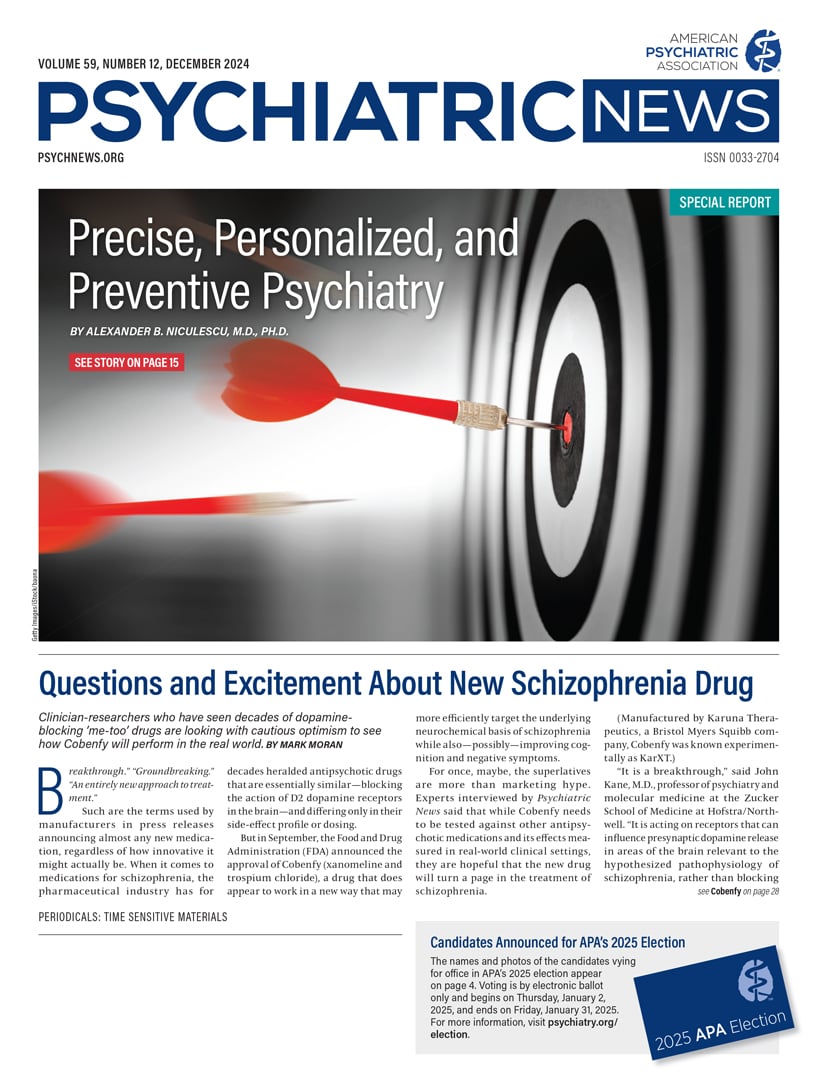Finally, December has arrived. Like a long-awaited guest, it brings an air of festivity laced with nostalgia, a sense of joy tempered by the weight of years past.
On the surface, this is a time for joy and celebration, but as often happens, reality is more complex. Many of us find that the holidays’ cheer is tinged with a sense of sadness and regret. Loneliness, which is hard enough to bear the rest of the year, grows sharp edges during this season. Then, there are the memories: times past, often seeming better than times present; grief for the loved ones who are no longer with us; and, in the final weeks of the year, each day seems to etch itself in time, moving inexorably forward, one after the next, toward an unavoidable end—another year gone, and a cold reminder that time is slipping away.
As if that weren’t enough, the New Year is looming. When facing an unknown future, should we feel excitement or dread?
Against this emotional landscape, the pressure to conform to the omnipresent holiday cheer can feel like salt in the wound for those already grappling with loss and facing the chasm of times past eroding times present. Is there a better way to understand and navigate this time of the year?
Part of the challenge lies in how we categorize emotions. Most public discourse on mental health tends to split feelings into just two groups: negative and positive. The negative emotions are well known and easily named: sadness, fear, anger, disgust, and anxiety. But when it comes to positive emotions, many people struggle. After happiness and joy, there’s often a long pause.
The ease of identifying negative emotions has been explained to be a result of “negative bias”—negative emotions are more salient and, from an evolutionary perspective, more informative, because they have a greater impact on survival. These factors combine with cultural and social factors that emphasize managing and controlling negative experiences rather than cultivating positive ones.
At the same time, this over-appreciation of negative feelings has consequences, including a relative disregard for the positive valence of negative emotions and a lack of familiarity with more complex emotions. For example, anxiety can be a simple emotion—such as the fear of a specific, dreaded outcome—or it can be more complex, like the mixture of excitement and apprehension one might feel before starting a new job. The co-existence of opposing emotions, particularly happiness and sadness, is not only possible but often enriches our experience rather than diminishing it.
Take nostalgia, for instance. It’s the feeling of missing things past, but the sadness it brings isn’t empty. It’s imbued with appreciation and understanding, which can turn past-oriented grief into a future-oriented sense of continuity and meaning. This interplay between multiple emotions results in a deeper, more intricate feeling, one that allows us to hold both joy and sadness at once.
Similar to nostalgia, the Greek work charmolypi—combining charm (joy) and lype (sorrow or grief)—refers to an emotion that can be best understood as “joyful sorrow” or “bittersweet happiness.” Other languages capture similar sentiments—my native Romanian has dor, and Portuguese has saudade. We experience dor when we look at an old photo album in solitude, or saudade when we reflect on a childhood home that no longer exists. We experience charmolypi when watching a young child sleep or puppies play, or when witnessing the majesty of a landscape, painfully aware that the beauty of that moment is fleeting. You might even sense charmolypi when savoring the taste of a dolce-amaro cup of Italian coffee—a physical experience of sweetness and bitterness coexisting.
Charmolypi and similar emotions, while anchored in the past, are future-oriented. Instead of the past eroding the present, instead of isolating and morose sadness, these bittersweet emotions allow us to transform loss into wonder. When confronted with the uncertainty of the future, charmolypi gives us direction and meaning, quelling the anxious dizziness of freedom.
With this, I wish you a charmolypi holiday season! Enjoy a dolce-amaro cup of dark chocolate, or listen to music that stirs feelings of saudade. Embrace the charmolypi of the season, the delicate dance between joy and sorrow—and let it guide you into the year ahead with renewed meaning and wonder. ■

